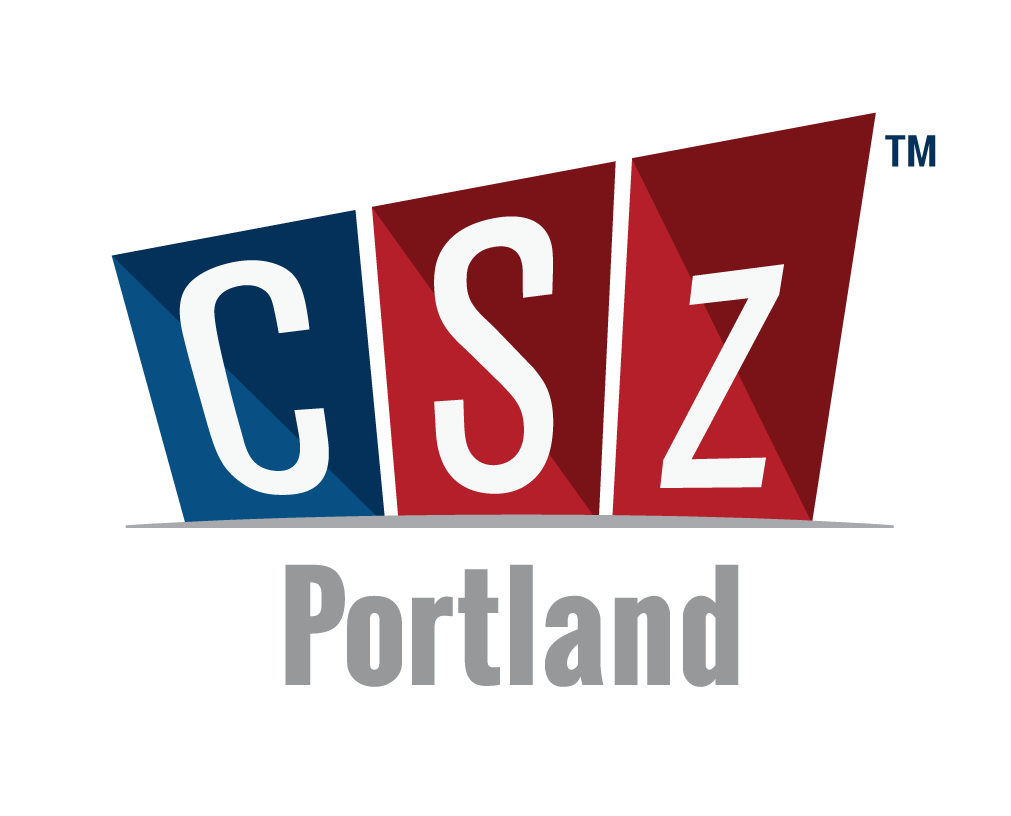Bananas and Fishing Poles - Design Thinking & Improv
/Can Improv training teach skills that help in design thinking?
Of course, WE think so. This is what we do. It does bolster one's case when an Intel professional feels the same way, and succinctly tells what he learned :
"Elevate the Team, not yourself.
Don't plan too far ahead.
Own your failures.
Listen completely.
These are a few of the insights I’ve taken away from my experience with improv. There are many more. Learning the basics of improv took me way out of my comfort zone (there were times when I couldn’t even see my comfort zone), but in the process I’ve become much more comfortable in my own skin, a better presenter and communicator, and more confident in my ability to deal with the surprises. Practicing improv is a great way to bring teams together and is a perfect complement to any team that needs to be creative and innovate on a regular basis."
How does improv culture, specifically Yes, And, help in Design Thinking?
"When product innovation teams are ideating to address user problems/opportunities, the ideas must be allowed to flow. “No” or “but” can put a stranglehold on ideation. It’s evaluating ideas before you need to do so. Most early ideas are just stepping stones in a larger journey — if you don’t acknowledge the stepping stones, the team will never be able use them to get to the BIG IDEAS. Once you’ve gotten a solid set of BIG IDEAS, then you can begin evaluating."
Don't get locked in too far ahead.
"Of course your business plan must start with a powerful idea and market to pursue, but if you only build and launch what you planned from the outset and don’t iterate with your users or be open to new directions based on their insights, how confident are you that you are really going to meet their needs? Some of the best ideas can come from your customer as they respond to the bad ideas you put in front of them. Trust that your team can ride the insights to get to the right product, instead of hoping you can figure out every detail at the outset."
Roger Chandler's complete blog post can be found here:
Improv: What Do Bananas and Fishing Poles Have to Do With Design Thinking?




